Better electrical cables can save energy EurekAlert!
cable, in electrical and electronic systems, a conductor or group of conductors for transmitting electric power or telecommunication signals from one place to another.
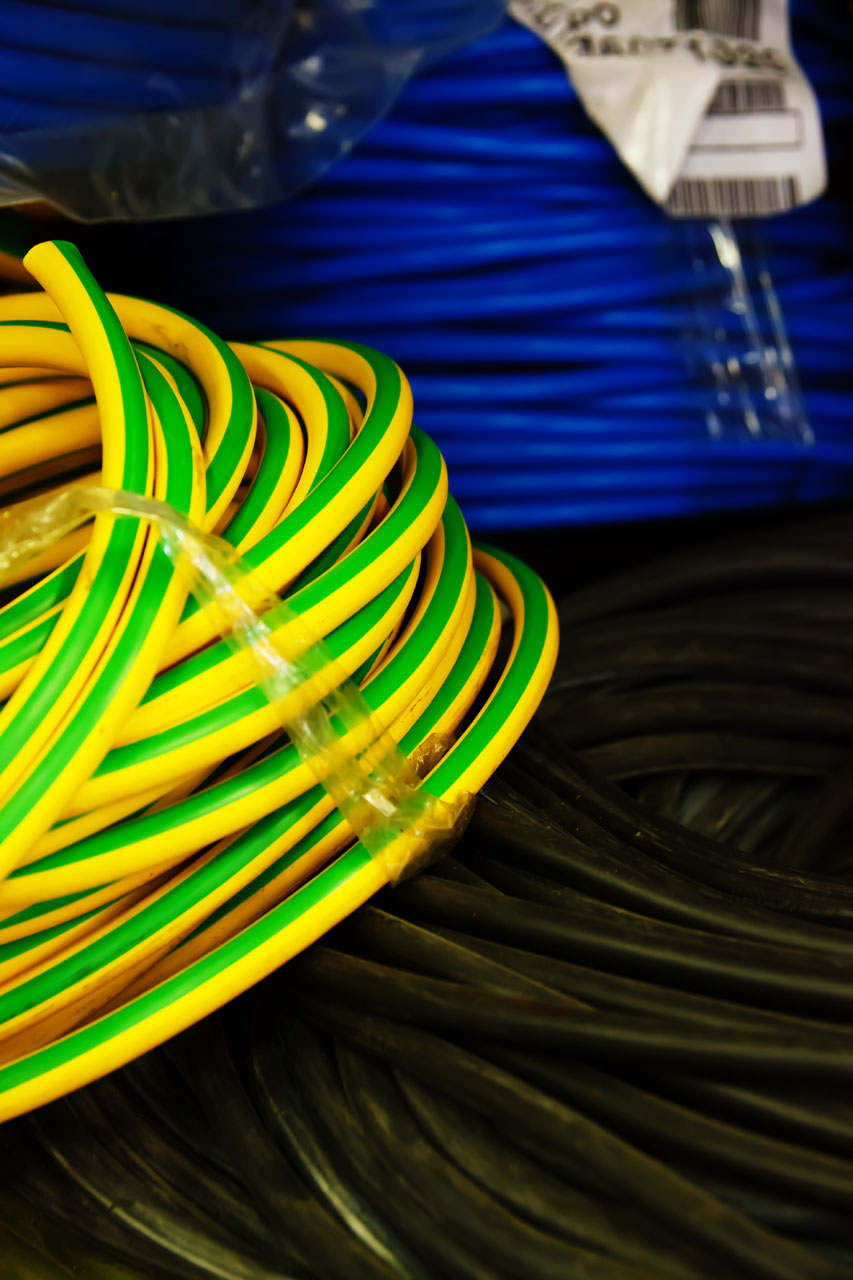
Electrical Cables Free Stock Photo Public Domain Pictures
Cables contain at least a neutral wire, ground wire and hot wire that are twisted or bonded together. Depending on its purpose, the cable may contain more wires. The wires in a cable are insulated in their own color-coded layer of thermoplastic. The group of wires is then encased in an outer sheath to make up the single cable. Wire Labeling

Single Core Stranded Electric Cable/Wires and Cables Eletric/Copper
Electrical cable is a wire that helps to conduct the current in the circuit. It is also called a conductor. Cable is an important object in the electricity. Copper and Aluminium conductors are the two types of electrical cables used in the electrical wiring.
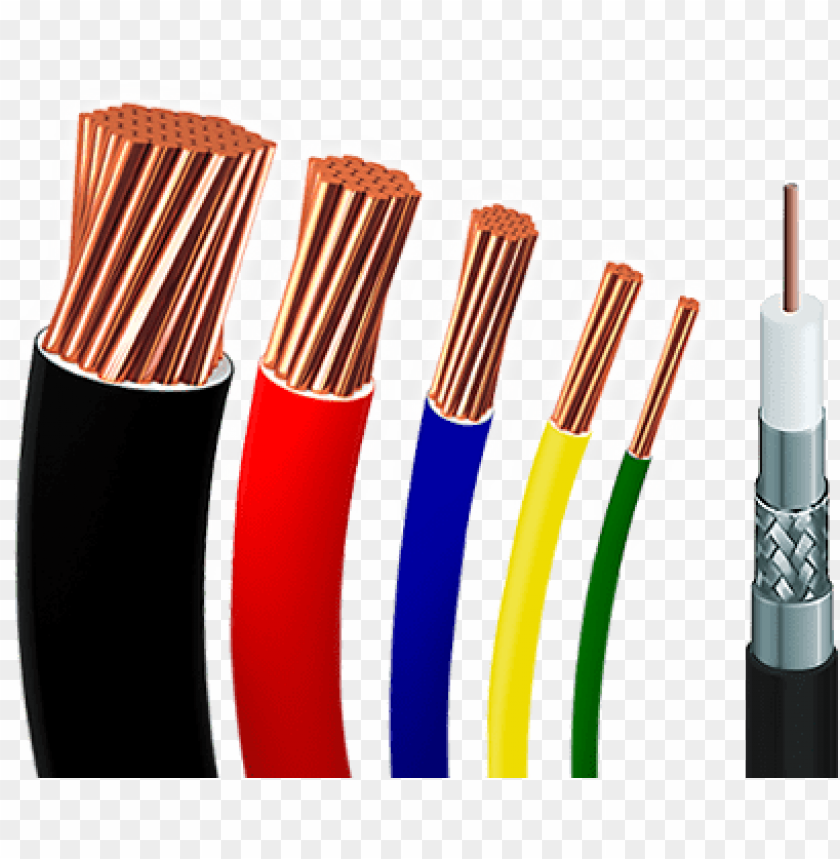
wires & cables electrical cable PNG image with transparent background
INDEX Electrical cable Voltage An electric cable is measured in volts and, depending on these, they are categorized into one group or another: Low voltage cables (up to 750 V): in a variety of applications, and with thermoplastic and thermoset coatings. They are designed and built according to harmonized standards.
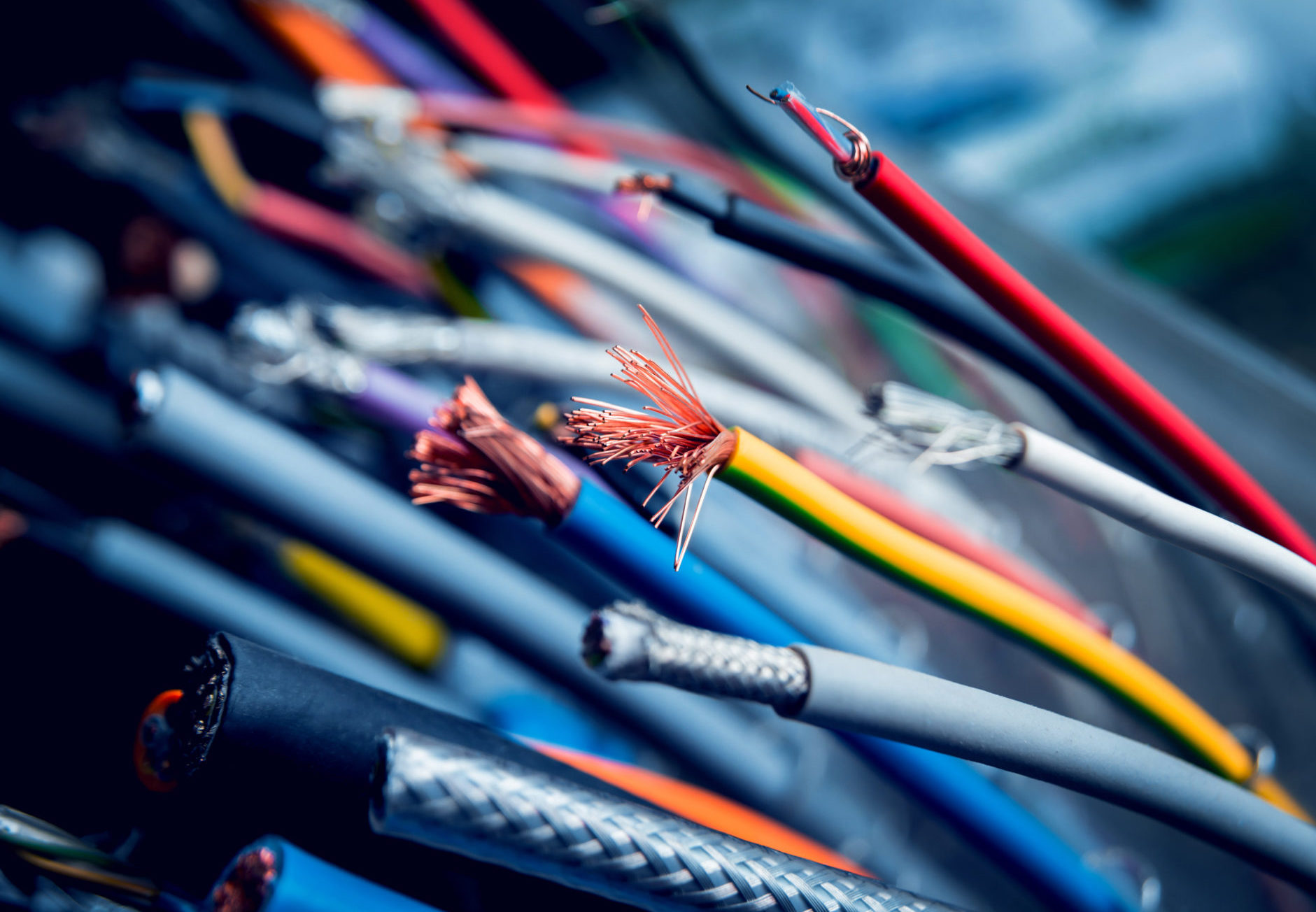
Our Helpful Guide To Understanding Electrical Cables And Wires Storables
The electrical cables can be used in low-voltage, medium-voltage, high-voltage, and extra-high-voltage applications. But in this blog post, we will consider low-voltage applications. The operating voltage in low-voltage cables can be (up to 1.8/3 KV), as the voltage of a cable will be written in the following formula U0/U (Um).
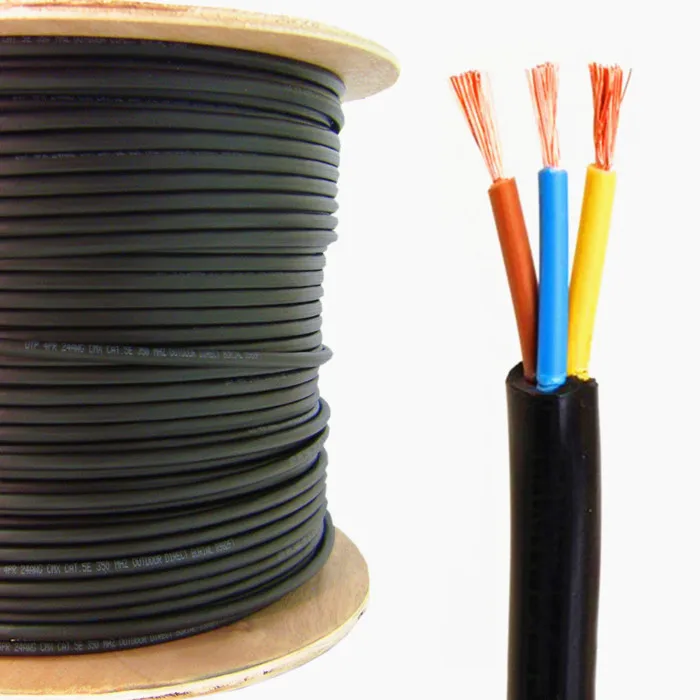
3 Core Electrical Cable/2.5mm Electrical Cable/copper Electrical Cable
An electrical wire is a type of conductor, which is a material that conducts electricity. In the case of household wiring, the conductor itself is usually copper or aluminum (or copper-sheathed aluminum) and is either a solid metal conductor or stranded wire.

Types of Electrical Cable Sciencing
Electrical wire insulation prevents electrical contact with other conductors, protects people from contact with the electric current, and protects the conductor from environmental factors. Shop All Electric Wire. Electrical Cable. An electric cable is an assembly of multiple insulated conductors bundled together within a protective outer sheath.

PVC Insulated Electrical Cable, 220440 V, Wire Size 1 Sqmm, Rs 485
Types of Electrical Power Cables (Sizes & Ratings) October 26, 2020 by Electrical4U Electric power can be transmitted or distributed either by overhead transmission systems or by underground cables. Cables are mainly designed for a specific requirement. Power cables are mainly used for power transmission and distribution purposes.

Extra High Voltage Cables 66KV to 220KV at Rs 9500/meter Rajkot ID
Electrical Wires and Cables: The Complete Guide Electrical wiring is used in every circuit, from power transmission, to household electric service and electronics. At some point, every professional or hobbyist will need to select a wire or cable, or at least understand the basic requirements of wiring for a particular situation.
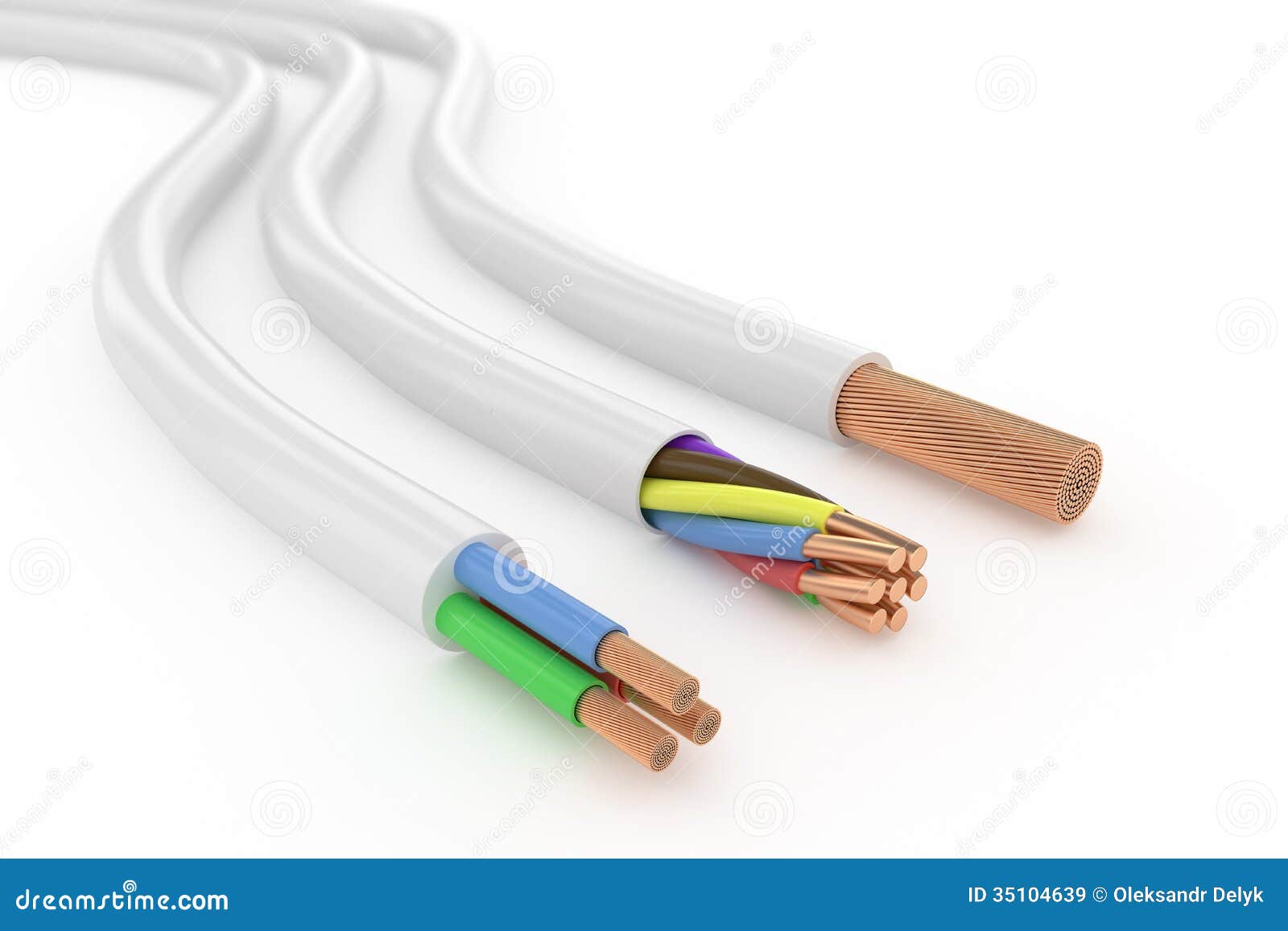
Electrical Cables Royalty Free Stock Images Image 35104639
Individual electrical wires are generally required to be installed in metal or plastic conduit. The combination of the wires and conduit results in a complete wiring system. On the other hand, a cable is a factory assembly of two or more bare, covered or insulated wires, enclosed in an overall nonmetallic or metallic sheath for physical protection.

Wire and cable sector opening up
5 key factors to the correct cable selection and application (photo credit: testguy.net) The key to the successful operation of a cable system is to select the most suitable cable for the application, make a correct installation, and perform the required maintenance. In this technical article, discussion is based on the correct cable selection.

WIRE AND CABLE TYPES! 'EXPRESS' YOURSELF THE ONLY CHOICE FOR YOUR
An electrical cable is classified by two numbers separated by a hyphen, such as 14-2. The first number denotes the conductor's gauge; the second denotes the number of conductors inside the cable. For instance, 14-2 has two 14-gauge conductors: a hot and a neutral. This cable also contains a bare copper wire as the ground.
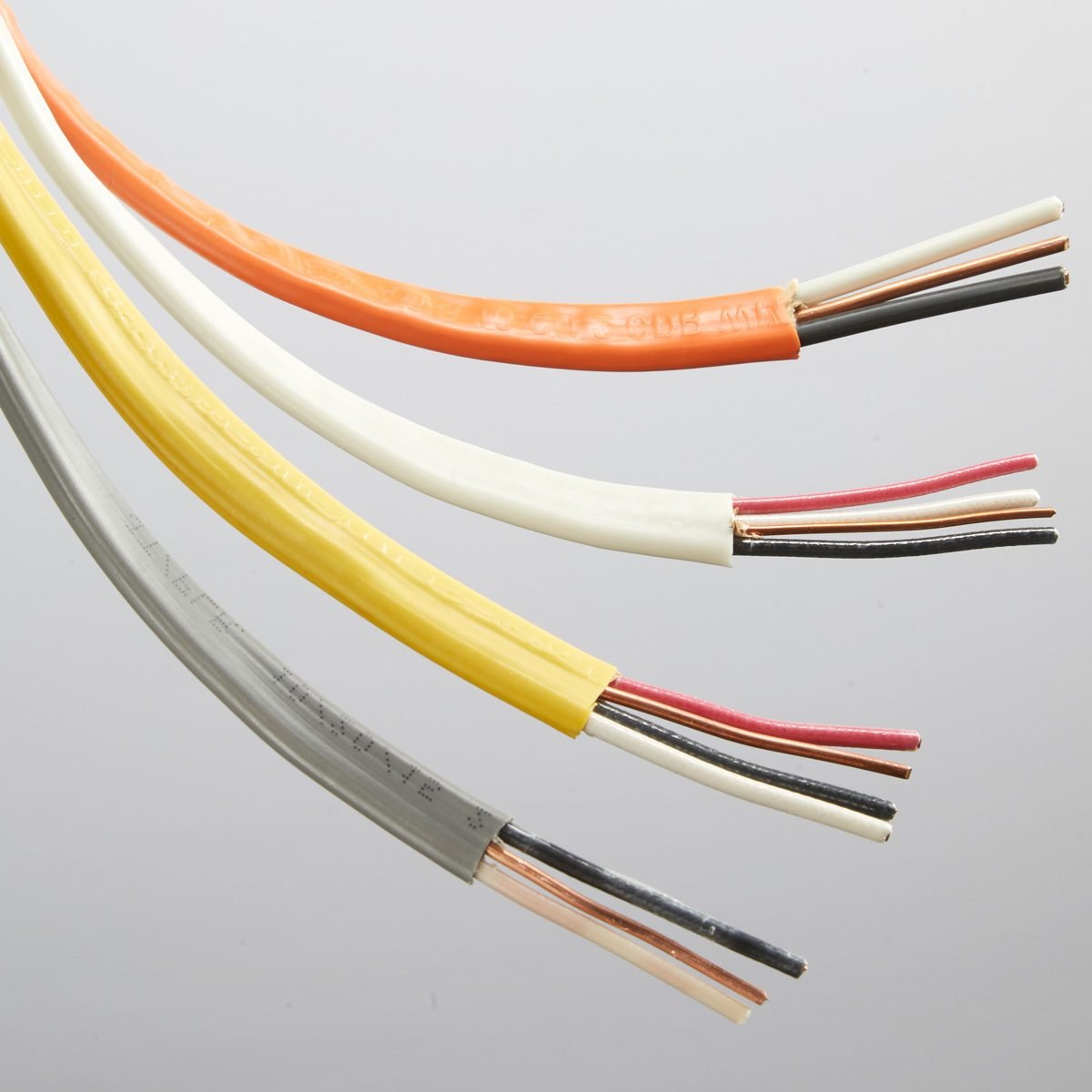
Homeowner Electrical Cable Basics The Family Handyman
Electrical cables are used to connect two or more devices, enabling the transfer of electrical signals or power from one device to the other. Long-distance communication takes place over undersea communication cables. Power cables are used for bulk transmission of alternating and direct current power, especially using high-voltage cable.
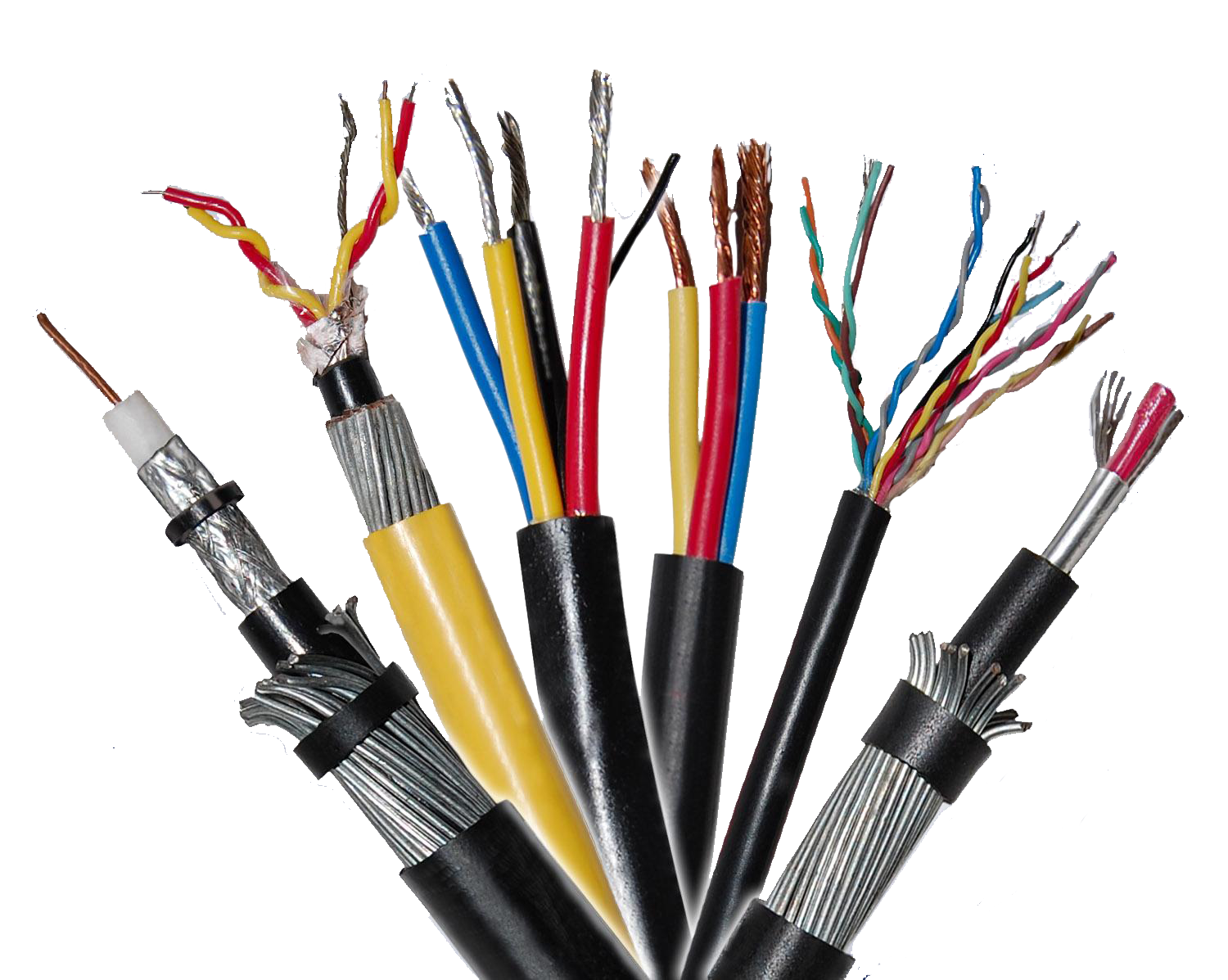
Electric Cable PNG Pic PNG, SVG Clip art for Web Download Clip Art
Electrical Technology 6 17 minutes read Different Types of Electrical Wires and Cables Electrical cable and wires are considered as a same thing. In fact they are quite different. A wire is made of a single electrical conductor while a cable is a group or bundle of multiple wires inside a common sheathing.
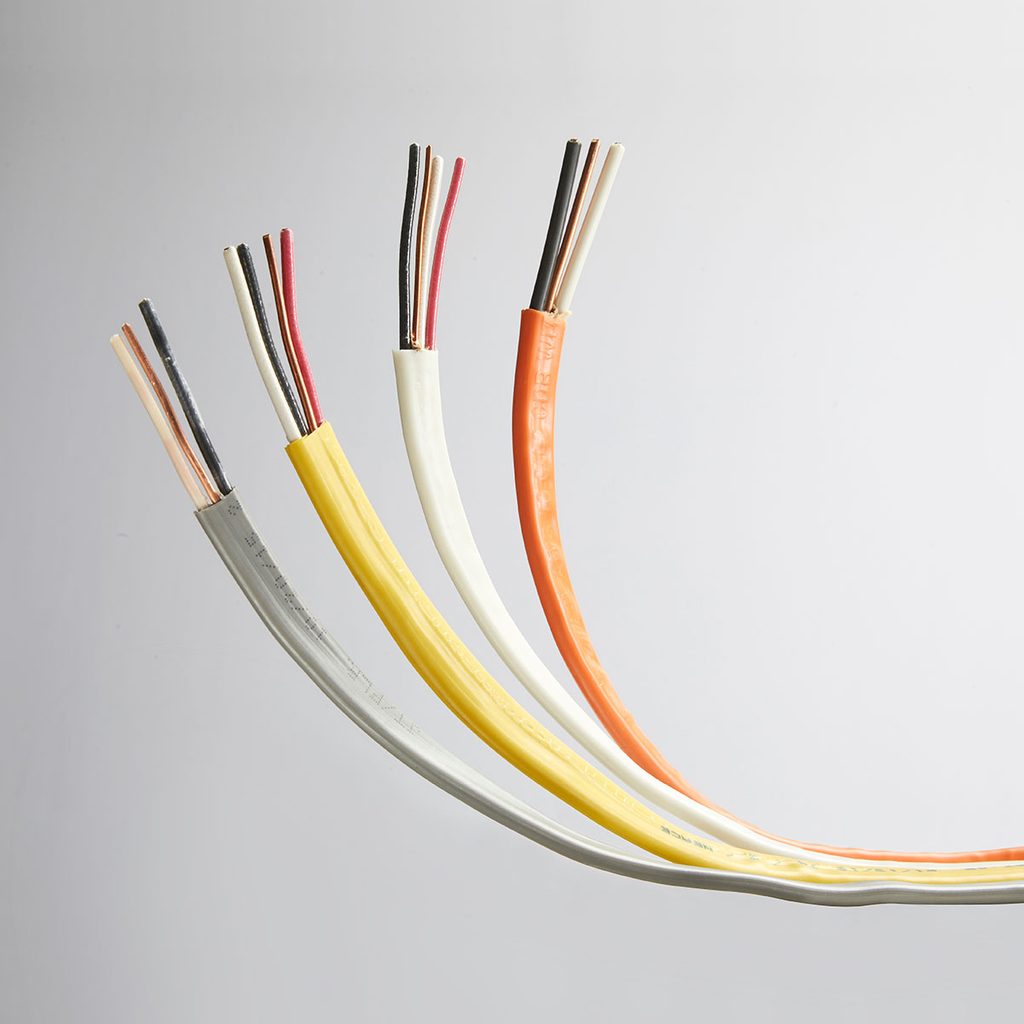
Electrical Wire and Cable Basics Family Handyman
Steel wire armoured cable, commonly abbreviated as SWA, is a hard-wearing power cable designed for the supply of mains electricity and auxiliary control cable. Used for underground systems, cable networks, power networks, outdoor and indoor applications, and cable ducting.

Types and Sizes of Electrical Cables and Wiring
Most interior wiring is done with non-metallic, or NM, cable—also known by the popular brand name Romex. NM cable is made of three or more wires wrapped inside a flexible plastic jacket, or sheathing. It is used for most interior circuits, such as those for outlets, switches, light fixtures, and appliances.